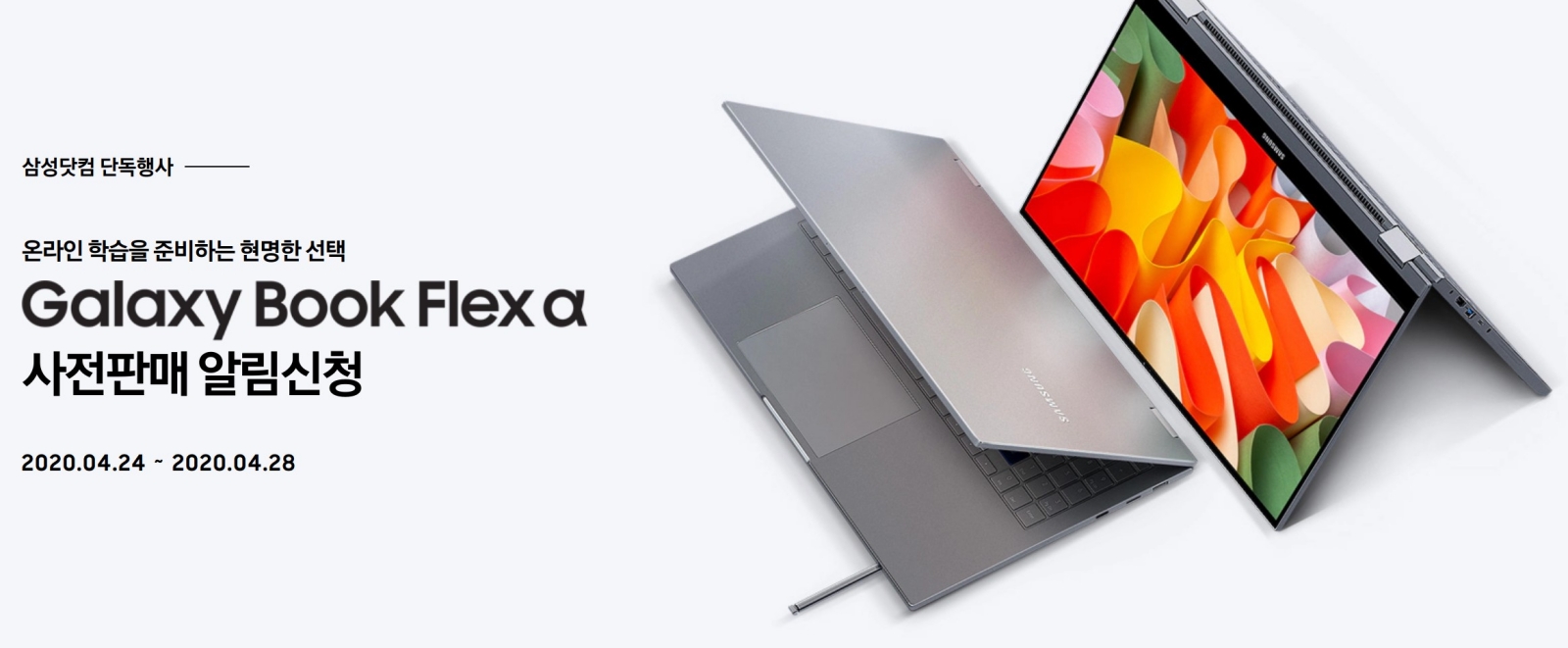We may receive a commission on purchases made from links.
Samsung is perhaps best known for its smartphones primarily and its TVs second but it also has its hands inside many consumer electronics cookie jars. That includes PCs mostly in the form of laptops, be it the predominant Windows or even a few Chromebooks here and there. Once in a while, those different worlds seem to merge and fuse into one product, like the Galaxy Book Flex α (alpha) that it announced way back in January, bringing that familiar "Galaxy" brand from its smartphones to a 2-in-1 laptop with a TV-grade QLED screen.
Samsung has been waving its QLED brand to separate itself from the growing number of OLED TVs in a market it previously dominated. Late last year, it brought that very same technology to the laptop market with the debut of the Galaxy Ion and Galaxy Book Flex. Both were its premium laptop lineup, which means very few will be able to appreciate this fancy new display technology.
Come CES 2020 in January, Samsung revealed its solution to the problem in the Galaxy Book Flex α (alpha) with an $830 price tag. It still had a QLED screen, this time a 13.3-inch Full HD panel, and a 10th-gen Intel Core processor. Of course, it makes a few concessions to reach that price point, like a lower starting point with 8GB of RAM and 256GB of storage as well as making the S Pen optional.
Four months into 2020, the Galaxy Book Flex α is still nowhere to be seen. Except in South Korea, that is, where Samsung has apparently scheduled a pre-sale event. Curiously, that hasn't yet kicked off completely and the Galaxy Book Flex α is still marked as unavailable.

If things do get rolling there this week, it will only be a matter of time before US markets follow. On the one hand, it may be a perfect opportunity for Samsung to sell much-needed laptops during these quarantine and lockdown periods. On the other hand, most people who needed a laptop may have already invested in one at this point and Samsung's QLED technology, which isn't all that hot on TVs anyway, may not exactly be a huge draw for consumers.
